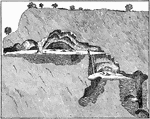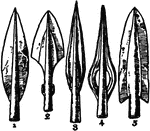Clipart tagged: ‘prehistoric’

Deinotherium
Deinotherium ("terrible beast"), also called the Hoe tusker was a gigantic prehistoric relative of modern-day…
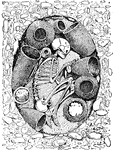
A Prehistoric Egyptian Tomb
"The skeleton lay on the left side with knees drawn up and hands raised to the head. About it were various…

Beginning of Written Language
"Below the pictured hieroglyphics in the first line is the same text in a simpler writing known as hieratic.…

Skull of the Man of Spy
"One of two skulls discovered in 1886 in the cave of Spy (Belgium). Notice the prominent eyebrow ridges,…

Tinoceras
"Tinoceras, or tinotherium, is a genus of mammals now extinct, found in the Eocene, and representing…
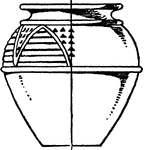
Prehistoric Urn
This prehistoric urn is a Gallic design. It was typically used in funeral rites as a repository for…
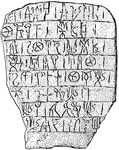
Cretan Writing
"A large tablet with linear script found in the palace at Gnossus, Crete. There are eight lines of writing…
